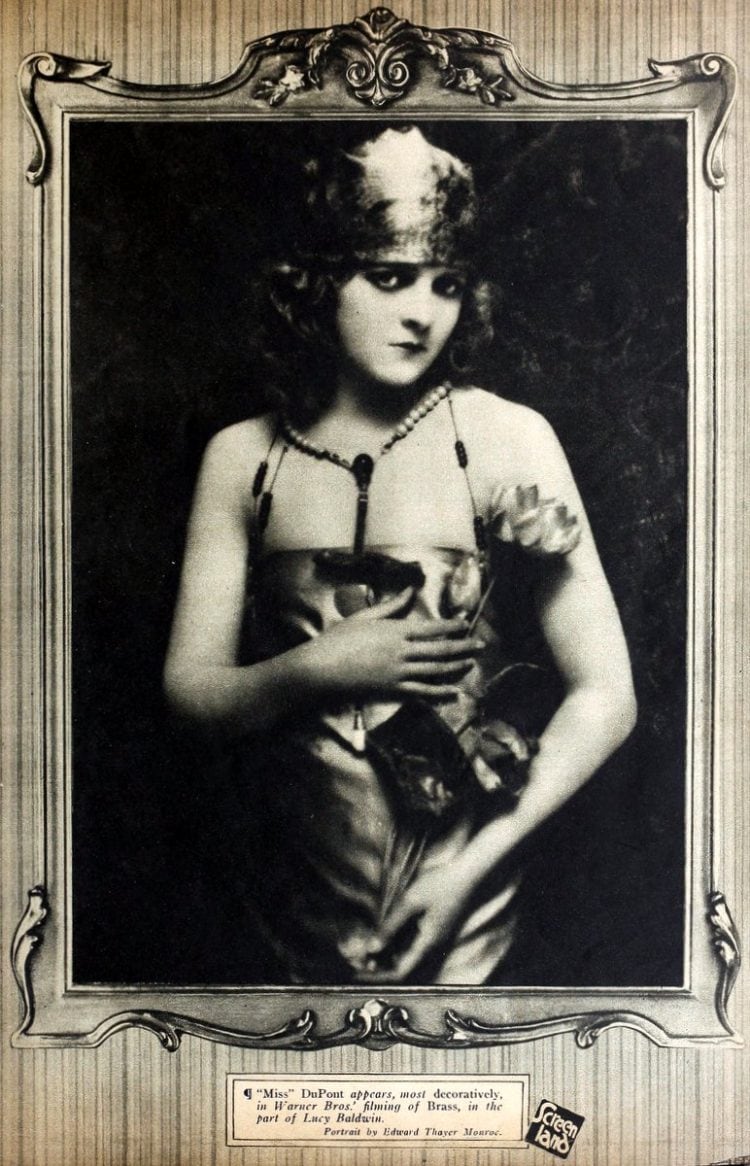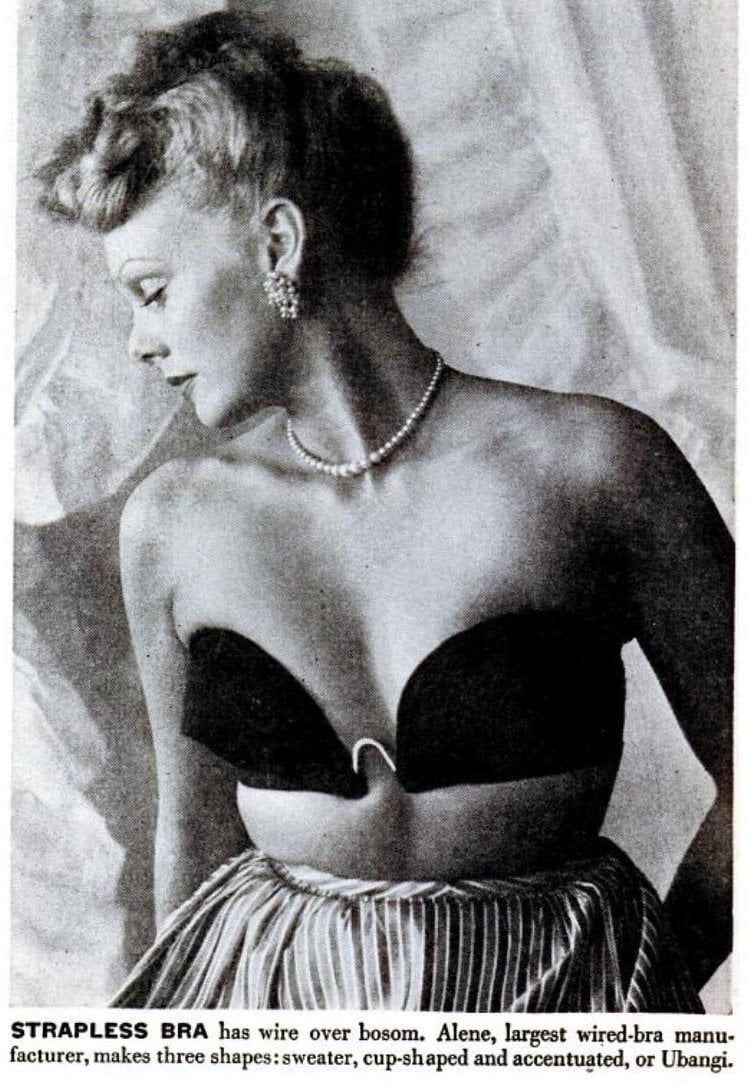The Inner Light: How India Influenced the Beatles Hardcover – October 25, 2022
by Susan Shumsky D.D. (Author)
5.0 out of 5 stars 4 ratings
See all formats and editions
Kindle
from $15.99
The hidden meanings of the Beatles’ most esoteric lyrics and sounds are revealed by a rare insider who spent two decades with the man who made “meditation,” “mantra,” and “yoga” household words: Maharishi Mahesh Yogi.
“I absolutely love this book. Between the stories and the pictures, many I’ve not seen before, this is truly a spiritual journey.” —Chris O’Dell, author of Miss O’Dell, My Hard Days and Long Nights with The Beatles, The Stones, Bob Dylan, and the Women They Loved
The spiritual journey of the Beatles is the story of an entire generation of visionaries in the sixties who transformed the world. The Beatles turned Western culture upside down and brought Indian philosophy to the West more effectively than any guru. The Inner Light illumines hidden meanings of the Beatles’ India-influenced lyrics and sounds, decoded by Susan Shumsky—a rare insider who spent two decades in the ashrams and six years on the personal staff of the Beatles’ mentor, Maharishi Mahesh Yogi.
“With clarity, depth, and impeccable research, an exceptionally comprehensive book filled with engaging tales and fresh insights that even diehard Beatles fans will find illuminating.”
—Philip Goldberg, author of American Veda: From Emerson and The Beatles to Yoga and Meditation, How Indian Spirituality Changed the West
This eye-opening book draws back the curtain on the Beatles’ experiments with psychedelics, meditation, chanting, and Indian music. Among many shocking revelations never before revealed, we discover who invented "raga rock" (not the Beatles), the real identity of rare Indian instruements and musicians on their tracks, which Beatle was the best meditator (not George), why the Beatles left India in a huff, John and George’s attempts to return, Maharishi’s accurate prediction, and who Sexy Sadie, Jojo, Bungalow Bill, Dear Prudence, Blackbird, My Sweet Lord, Hare Krishna, and the Fool on the Hill really were.
“This book reminds us in illuminating fashion why Susan is the premier thinker about India’s key influence upon the direction of the Beatles’ art. In vivid and stirring detail, she traces the Fabs’ spiritual awakening from Bangor to Rishikesh and beyond.” —Kenneth Womack, author of John Lennon 1980: The Last Days in the Life
Half a century later, the Beatles have sold more records than any other recording artist. A new generation wants to relive the magic of the flower-power era and is now discovering the message of this iconic band and its four superstars. For people of all nations and ages, the Beatles’ mystique lives on. The Inner Light is Susan Shumsky’s gift to their legacy.
Read less
Report incorrect product information.
Print length
512 pages
Editorial Reviews
Review
“Fascinating, informative, revelatory, The Inner Light: How India Influenced the Beatles by Susan Shumsky is a 'must read' selection for the legions of Beatles fans.” -- Midwest Book Review
“With all the Beatles books out there, it's extremely rare for anyone to find a genuinely worthwhile angle to re-examine the Fabs anymore, but Shumsky has found one and handles it honestly and thoroughly.” -- Mike Segretto, Psychobabble
“In this 500-page book, replete with over 170 photos, over 130 QR codes, and stunning revelatory information, a niche in Beatles history that until now has largely been ‘sampled’ is thoroughly investigated and brought to light. Whatever your religion, philosophy, or outlook, The Inner Light is a superb work. Even lifelong Beatles fans will definitely learn something new in this well-written, meticulously documented book.” -- Jude Southerland Kessler, Culture Sonar
“Susan’s book tells a whole story, without sugar coating the truth. The references are like ripples in a pond, reminding me of places, people, events, books, and music that warmly fill my heart, mind and soul.” -- Gurudas (Roger Siegel), author of By His Example
“A captivating, perceptive study. Long after The Beatles’ 1968 visit to Rishikesh, the sights, sounds, and religious beliefs of India resonated through their lives and music. Their stay at the ashram comes under special scrutiny, including some revelatory stories about Maharishi.” -- Gary Tillery, author of The Cynical Idealist: A Spiritual Biography of John Lennon and Working Class Mystic: A Spiritual Biography of George Harrison
About the Author
Susan Shumsky, D.D. has authored twenty books in English, released thirty-six foreign editions, won forty-one book awards, and done 1,300 media appearances. A rare insider, she was on the Maharishi Mahesh Yogi’s personal staff for six years and lived in his ashrams for twenty years.
Product details
Publisher : Permuted Press (October 25, 2022)
Language : English
Hardcover : 512 pages
Customer Reviews: 5.0 out of 5 stars 4 ratings
Videos
Help others learn more about this product by uploading a video!
Upload your video
About the author
Follow authors to get new release updates, plus improved recommendations.
Follow
Susan Shumsky
Dr. Susan Shumsky has dedicated her life to helping people take command of their lives in highly effective, powerful, positive ways. She is the award-winning, best-selling author of 20 books in English, published by Simon & Schuster, Random House, Red Wheel/Weiser, Hampton Roads, and Permuted Press. Her books have been published in 36 foreign editions, and she has won 42 prestigious book awards. A pioneer in the human potential field, she has spent 50 years teaching thousands of people meditation, prayer, affirmation, and intuition. Her book titles include Divine Revelation, Miracle Prayer, Ascension, Exploring Meditation, Instant Healing, The Power of Auras, Awaken Your Third Eye, Awaken Your Divine Intuition, Color Your Chakras, The Big Book of Chakras, Third Eye Meditations, Earth Energy Meditations, Prosperity Meditations, The Inner Light: How India Influenced the Beatles, and her memoir Maharishi & Me: Seeking Enlightenment with the Beatles' Guru.
Dr. Shumsky is a highly respected spiritual teacher, award-winning author, and founder of Divine Revelation®—a unique field-proven technology for contacting the divine presence, hearing and testing the inner voice, and receiving clear divine guidance. For two decades, her mentor was Maharishi Mahesh Yogi, guru of the Beatles. Dr. Shumsky served on Maharishi's personal staff for six years.
A sought-after media guest and highly acclaimed professional speaker, Dr. Shumsky has done over 700 speaking engagements and over 1,300 media appearances since her first book was published, including Woman's World, GQ, Cosmopolitan, Los Angeles Times, Washington Post, nationally syndicated TV and radio, Alan Colmes on FOX news, Coast to Coast AM with George Noory, and William Shatner's Weird or What? She is featured in the movies Three Magic Words, The Illumined Ones, Superpower: Ignite Your Divine Intelligence, The Beatles and India, and The Maharishi Archives.
Her websites are www.drsusan.org and www.divinetravels.com. Her itinerary and events are listed at www.susanshumsky.com.
Top reviews
Top reviews from the United States
Robert C. Gordon
5.0 out of 5 stars Saga of Sexy Sadie
Reviewed in the United States on February 16, 2023
Susan Shumsky has given us a gem of a book, chock-a-block full of fascinating anecdotes and well researched information. Dr. Shumsky set for herself two goals in writing this book. The first was to provide us with not only an introductory course in the spiritual wisdom of India, but also brief biographies of the Indian gurus, rishis, and swamis who brought these teachings to the West. The most well-known of these was Maharishi Mahesh Yogi, whose person, teachings, and practice were to have a profound effect on the Beatles, and through their influence on millions more around the world. Explicating how the spiritual teachings of Maharishi suffused many of their songs and thereby disseminated it to a wider audience is the main focus of Inner Light. Her second goal was to get to the bottom of the controversy that has swirled around the reason why the Beatles broke with Maharishi, and angrily left his Indian ashram in Rishikesh. How admirably she has succeeded in reaching both of her goals.
The heart of Dr. Shumsky’s book is to explore the deep spiritual meaning – derived from the wisdom of India – that underlies so many of the Beatles’ songs. Thus in the light of the basic principles of Indian spirituality, she explores how these principles influenced the meaning of so much of the Beatles’ music. She plums, with great specificity and insight, the deep spiritual message of the lyrics. In addition, she provides the facts concerning each song, that is, its inspiration, who wrote it, when, where it was recorded, and so on. She does this in entertaining fashion, including many interesting stories that took place in the creation of each song. The reader comes away with a far deeper and informed understanding of the background for and wisdom within the lyrics. Into the bargain, she includes how Indian instruments and tonal structures began to pervade their work.
While reaching her first goal, as described above, is a sunny story, reaching her second goal is a far darker one. With the foregoing sunnier intellectual task accomplished, Dr. Shumsky undertakes a searching exploration of the biographical and historical events that unfolded in the Beatles’ initial meeting with, falling under the influence of, and eventual divorce from Maharishi. These events, of course, reached their explosive crescendo when the Beatles joined Maharishi at his ashram located on a cliff above the Ganges in the Himalyan uplands near the ancient pilgrimage town of Rishikesh. Thus if the main thrust of her book is to detail why the Beatles went to India and the ways in which it benefitted them both personally and musically, the ancillary and darker story is why they broke up with the guru they had supposed to be the perfect Master.
Soon after their painful departure from Rishikesh and return to London, it became widely reported in the press that the Beatles left India because he attempted to seduce Mia Farrow,(and possibly another American girl as well) thereby exposing his unMasterful feet of clay. Rather than a life-long celibate Master detached from the attractions of the flesh, he turned out to be an all too human old guy on the make. The truth or falsity of this press account has since been the subject of heated debate. Maharishi’s true believers dismiss it as scurrilous nonsense – those who believe it say look at the evidence. Whom to believe? Dr. Shumsky was determined to find out, and boy does she deliver. According to her deep research on the subject, the press account turns out to be true, but only part of a larger and even more sordid tale. In its telling, Inner Light gives us the full dish. Do read her book for all the juicy details.
Read less
Helpful
Report abuse
Angela Benson
5.0 out of 5 stars Treat Yourself to this Ground Breaking Book on the Beatles
Reviewed in the United States on November 29, 2022
What an excellent book! If you are a fan of the Beatles, “The Inner Light” explores depths of Beatle information regarding their life and their songs from the perspective of mysticism and spirituality that is an incredible compendium of knowledge, stories, insights and heart felt experiences. This will satisfy even the most curious and devoted fan. If you’re a seeker of spiritual wisdom, this book is also a revelatory exploration into many of the great mysteries of the East. If you are fascinated by Indian gurus and the pros and cons of their seemingly spiritual life, “The Inner Light” provides insights that are extraordinarily uncanny in their ability to reveal aspects of higher (and lower) consciousness of the great teachers and their teachings. If you are a fan of all three, this book is truly a gem.
For fans of the Beatles, “The Inner Light” takes you on the journey of the Beatles to India and more—it explores in their music and lyrics deep and profound thoughts about the creation of their music on levels not previously encountered. Not only is this information about the songs of the Beatles, but also of the music of the individual Beatles themselves after the group had reached its end are discussed. How the songs were created, what they mean, who played on them and how the spiritual awareness of the Beatles manifested in these songs is fascinating and will no doubt be new for many.
Much of the Beatles musical adventures ultimately manifested in what we now perceive of as Global Music. In addition, the Beatles were responsible for helping spread awareness of meditation and principles of Eastern Philosophy (especially Beatle George though all the Beatles assisted this). Most probably, without the Beatles those of you involved in yoga might not be doing your daily practices because the Beatles made popular so things Eastern (again, mostly due to George, but you may be surprised at how many of all their lyrics reflect mystical texts as their source). Really. There were multiple tracks on “Revolver”, “Sgt. Peppers”, “The White Album” and more that were influenced by the Beatles initial trek to India.
There is a deep dive into the specifics of the different Indian instruments that were first initiated in Western music by the Beatles—from the first use of the sitar on “Norwegian Wood” to the extraordinary conglomerate of East meets West in the music of “Within You Without You”. You can travel “Across the Universe” as Ms. Shumsky takes us even deeper, delving into the emergence of Indian musicians such as Ravi Shankar and others who helped change the tonality of our worldly music as we know it today. “The Inner Light” explores some of the lesser known George Harrison musical creations such as “Wonderwall”, “Sour Milk Sea” and many more releases.
Information about Indian gurus such as the Maharishi Mahesh Yogi, founder of TM, Prabhupada, founder of the International Krishna movement, Paramahansa Yogananda (did you know George gave President Ford a copy of “Autobiography of a Yogi”?) and many other great teachers are found within the page of “The Inner Light”. You may be amazed at all the spiritual figures found on the cover of “Sgt. Peppers”. If you’re not interested in this type of material now, you will be as you go on an intense journey into the music, consciousness and spiritual life of the Beatles. If you are simply interested in the Fab Four, but are not necessarily spiritually versed in Eastern spiritual traditions, you will receive quite an education and heightening of consciousness when going through the fun and truly entertaining pages of the book. If you just an interested reader, be ready for a new experience in the fascinating world of the Beatles.
The book is filled with photos, and includes the ability of those with QRC readers to interactively read lyrics, hear songs and watch videos. “The Inner Light” is a ground breaking, monumental work that deserves high accolades. Whether or not we want to admit it, the Beatles were perhaps most responsible for the advent of our cultural interest in higher consciousness, meditation, mantra, yoga and so much more. To explore this book is to resonate with the energies that help bring these aspects of human potential into manifestation. It is a remarkable book. Treat yourself to it—it’s new, unique and will reveal hitherto unexplored realms of the Beatles, their journey to the East and our continued resonance with this. “The Inner Light” truly is a magical, mystery tour.
Read less
2 people found this helpful
Helpful
Report abuse
Robert Rodriguez
5.0 out of 5 stars Arrive Without Traveling!
Reviewed in the United States on December 2, 2022
No one was more attuned to the profound cultural shift of the 1960s than the four men comprising The Beatles. The lifelong effect that immersion in Indian philosophy, exemplified by their 1968 sojourn to Rishikesh to study TM with the Maharishi, has never been explored as thoroughly and thoughtfully than by Susan Shumsky in The Inner Light. This book offers insights and context into what they learned, how it manifested, and its lasting impact. Susan shines light on this underdiscussed aspect of their art and just how important it is - then as now.
—Robert Rodriguez, podcaster, and author of Revolver: How The Beatles Re-imagined Rock 'n’ Roll
3 people found this helpful
Helpful
Report abuse
See all reviews



































